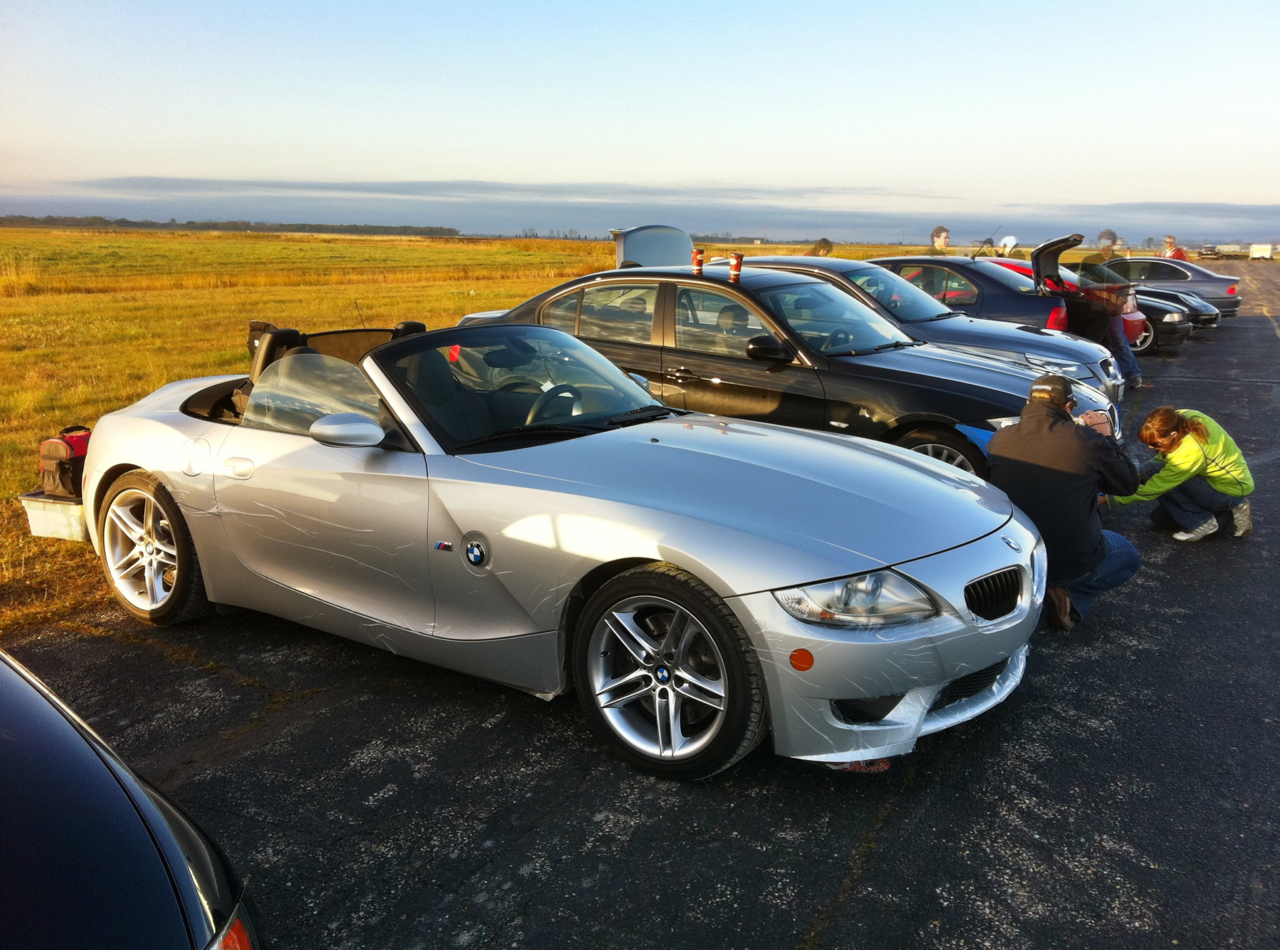A report predicts big things for 3D printing in the automotive sector. But could this herald a revolution in design?
I’m looking at the overview of a very detailed report from industry consultants Frost & Sullivan, where they investigate the future use of 3D printing technology in the automotive industry. In the report, they predict the automotive sector will spend USD$4.3B on 3D printing by 2025, with “substantial savings to manufacturers, suppliers and even consumers”.
This notion is already in the mind of several key 3D printing manufacturers, as recent moves into 3D printing by HP, Carbon and others are directly focused on the automotive market. Stratasys has set up a specific application support area to focus on automotive as well. All of these moves could be anticipating big growth in automotive use.
But what I’m very curious about is exactly how 3D printing will be used.
There’s a standard pattern of use in these matters:
- First try to do what you’re already doing, but do it better and / or cheaper
- Then discover that 3D printing can do things that could NOT have been done previously
- Then innovate new concepts based on that discovery
This process seems to be happening in the aerospace industry, where, for example, rocket engines are being built at far lower weights, increased reliability and faster production speeds than ever before. Some in that industry have figured it out and are leveraging the technology specifically in that domain.
But back to automotive: if that industry goes through a similar transformation, what might we see? Some ideas:
- Autos with far lighter weight, and consequently vastly improved fuel economy, whether electric or gas
- Vastly increased safety by deploying complex break-away designs
- Highly unusual exterior and interior designs
- Modular components for temporary repurposing vehicles
- Customizable elements within a vehicle, perhaps selected when ordered by the buyer
Could these and other startling changes occur? Perhaps, but it will take the creativity of many to get there – and a lot of 3D printing technology.
Via Frost & Sullivan


